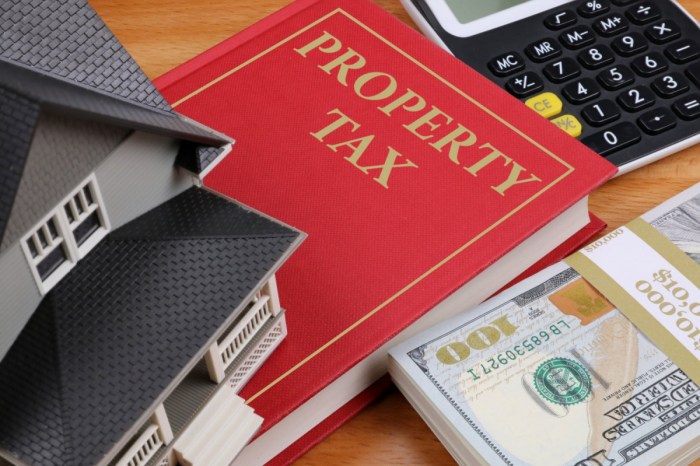
Photo by Nick Youngson CC BY-SA 3.0 Pix4free
April 3, 2025 By Richard Khuzami
New York City’s housing crisis is a real challenge. Every day, residents across all five boroughs feel the strain of rising rents and the lack of new housing.
The recent zoning changes under the “City of Yes” initiative are a step in the right direction, allowing for larger buildings, basement apartments, commercial-to-residential conversions, and eliminating mandatory parking for certain developments. However, these changes won’t be enough unless we address property taxes. Without tax reform, the zoning changes will be undermined.
Property taxes are one of the main barriers to building more housing in New York City. You can make it easier to build new units, but if property taxes spike dramatically, the cost of expanding properties becomes unfeasible for many owners. The City of Yes will remain a pipe dream unless the property tax system also supports it.
Let’s break down what happens when a homeowner wants to add more units. Take a 3-family building worth $1.5 million. If the owner wants to convert it into a 4-family building, here’s how property taxes would change.
Class 1 (1-3 Family)
- New Construction: Market Value: $1,500,000, Final Annual Property Tax: $18,076.50
- Renovating Existing Building (Expansion): Market Value: $1,500,000.00, Final Annual Property Tax: $11,300.00
Class 2 (4-6 Family)
- New Construction: Market Value: $2,100,000, Final Annual Property Tax: $118,125.00
- Existing Building with Improvements (Expansion): Market Value: $2,100,000.00, Final Annual Property Tax: $52,500.00
The difference in property tax assessments is enormous. Changing a class one existing building with a class 2 renovation results in an increased tax burden from $11,300.00 to $52,500.00, more than 4.5 times greater. Creating class 2 new construction from the same class 1 building (By demolishing the old building) shows an increase from $11,300.00 to $118,125.00, 10.5 times greater.
There are more than 270,000 2-family buildings and over 77,000 3-family buildings across New York City. If property owners in these smaller buildings were allowed to increase the number of housing units without facing crippling tax hikes, it could go a long way toward alleviating the housing crisis. Moreover, many of these properties are owned by local residents, not large developers, and so expanding these buildings would help strengthen the neighborhoods and keep ownership within the community.
A Solution: Property Tax Reform To make the City of Yes a reality, we need to address the property tax system. While zoning changes can increase density, the high taxes tied to new construction and expansions can prevent these changes from having their intended effect. One solution is to consolidate 1-5 family buildings into a single Class 1 category, leaving Class 2 for buildings with six or more units. This would create a more consistent and fair tax structure for smaller residential properties, encouraging expansion without the threat of crippling tax hikes.
Property tax reform could unlock the full potential of the City of Yes initiative. By addressing the tax burden, we can encourage property owners to build more housing and reduce the city’s housing shortage. Without this reform, even the best zoning changes will fall short.
For a more detailed breakdown of property tax calculations and how they impact development, you can access the full version of this op-ed here: oana-ny.org/press-releases.
- *Richard Khuzami is the President of the Old Astoria Neighborhood Association.
